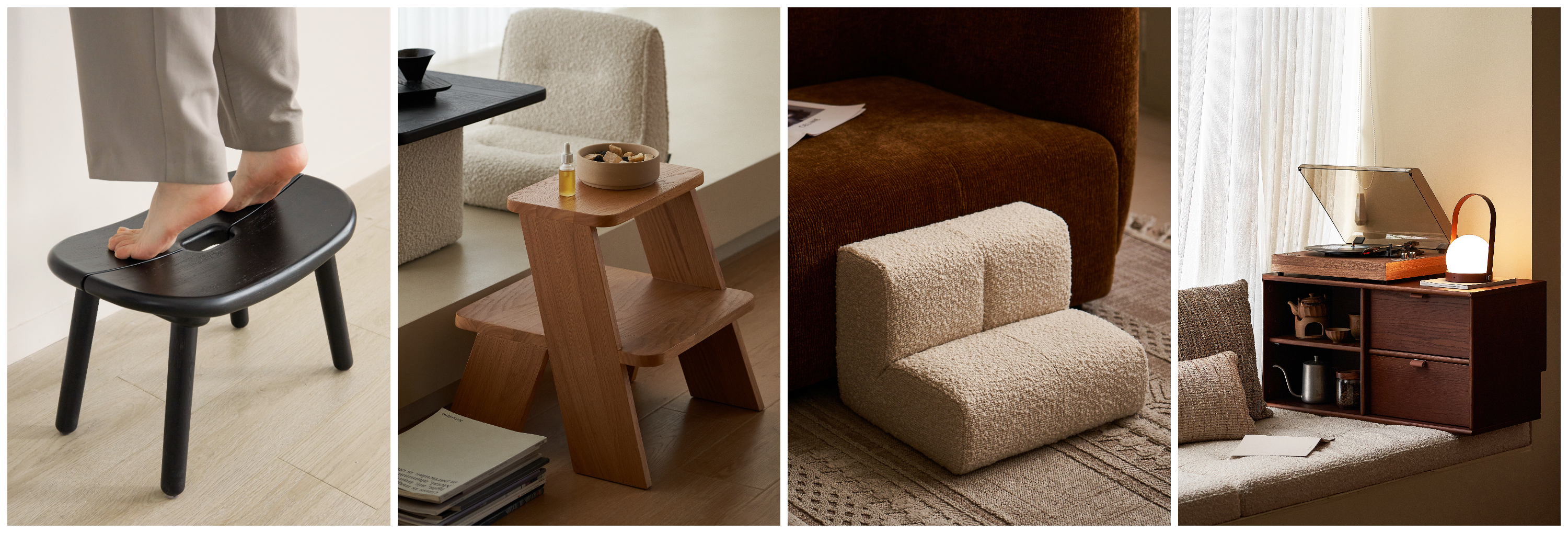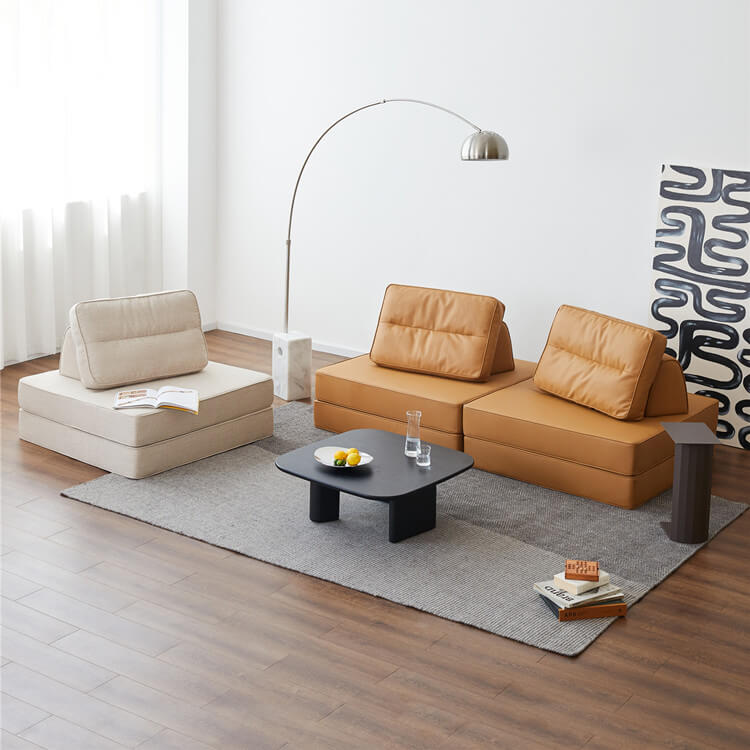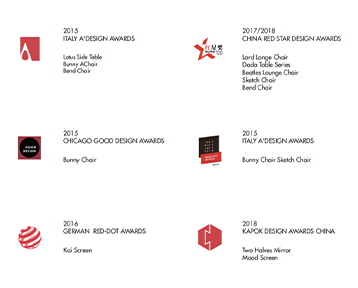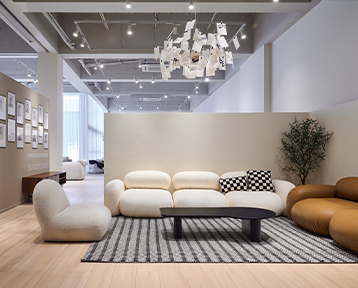When considering bay windows, we often imagine beautiful scenery, afternoon sunlight, coffee, tea, and paper books—a perfect spot for relaxation. However, bay windows in the East and West have distinct characteristics, presenting challenges in interior design. grado understands the historical issues related to Eastern bay windows and has improved our functionality with diverse furniture designs. These designs are also perfectly suited for Western bay windows, enhancing the use of the space in any setting.
Bay windows originated in Renaissance-era England and were often seen in Gothic and late Tudor manor houses. The three-sided glass design extends outward, enhances natural light and space utilization while adding a decorative touch to building exteriors.
![]()
Later, bay windows gained popularity in the United States and were incorporated into modern architecture. American architect William Le Baron Jenney, known for using steel as a structural framework, was particularly fond of bay windows. His iconic “Manhattan Building” in Chicago prominently features bay windows. These windows not only enhanced interior lighting but also visually reduced the height of the skyscraper at that time, making it easier on the eyes.
Today, bay windows are also popular in modern homes across Europe and the United States, with many street-facing houses featuring this design. Typically square or polygonal, the most common angles for it are 90 degrees, 135 degrees, and 150 degrees. Unlike the opulent manors of the Renaissance, bay windows in contemporary homes not only enhance the visual but also enrich the spatial layout and functionality.
![]()
Simply put, Western bay windows typically jut out from buildings with wide angles, almost semi-circular in shape, and feature floor-to-ceiling windows without a ledge. In contrast, bay windows in China and Japan are usually rectangular ledges inside the building, elevated above the floor. In Japan, they are often integrated with tatami, aligning with their tradition of sitting on the floor. Meanwhile, in China, there’s often uncertainty about how to use bay windows, leading to a somewhat awkward situation.
This dilemma is closely tied to the historical legacy of how Chinese real estate companies have used bay windows as a promotional strategy. As China’s economy boomed and urbanization accelerated in the early 21st century, the real estate market peaked. People, seeking a better life, aimed to settle in cities, driven by aspirations for comfort and relaxation. Sensing this demand, developers strategically included small elevated areas inside homes as bay windows to depict them as ideal spaces for relaxation and leisure, enticing potential buyers.

Furthermore, since these areas are elevated above the floor, they are excluded from the total floor area calculation according to official regulations. This effectively lowers the overall housing prices based on floor area. In essence, developers offered these raised platforms at a minimal cost, offering them as a promotional perk that fulfilled buyers’ dreams of a comfortable lifestyle and gave them the perception of gaining extra usable space. However, whether these elevated areas are actually practical is no longer a concern for developers but has become a challenge for residents.
Such bay windows, lacking proper interior solutions and suitable furniture options, often end up unused and become cluttered with miscellaneous items, straying from their original purpose of providing a space for relaxation and comfort.
grado has identified this sore point and responded with a tailored range of furniture pieces designed specifically for bay windows. Our seating options include the Cracker Tatami Mat and Drifting Tatami Chair.

For tables, we offer the Savor Teabrewer Table, complemented by the Carefree Tatami Series and Sake in Fuji Series, which combine tables and chairs.



To accommodate taller bay windows, we provide multifunctional stools like the Nut Stool, Fido Stepstool, and Cubic Pet Stairs.

Additionally, our compact modular cabinets such as the Dark Chocolate Sideboard are ideal for organizing books and other items in bay window spaces. These designs are equally suitable for Western bay windows.
Taking into account standard heights in Western bay windows, our other furniture options are versatile for creating leisure areas, including various lounge chairs, bar stools, modular designs, and mobile furniture solutions.

The size and layout of homes can be limited by regulations, developers, and economic factors. However, interior design presents boundless opportunities to unlock the intrinsic value of a space, fulfilling people’s dreams of comfort and vibrancy.









